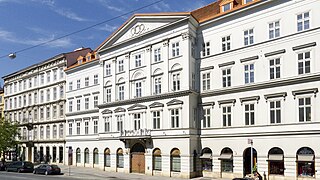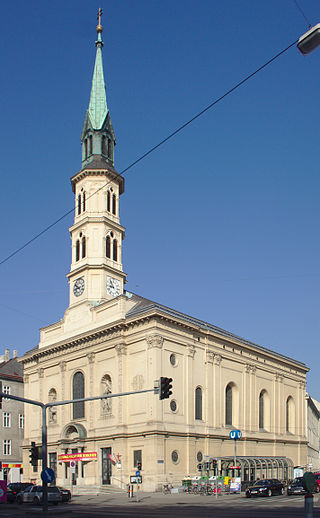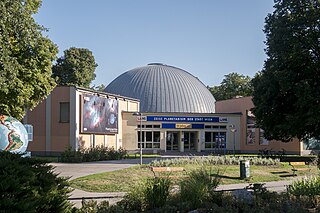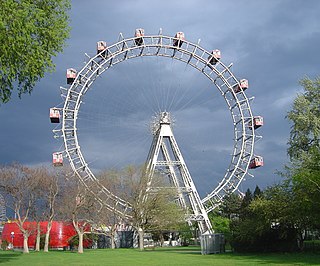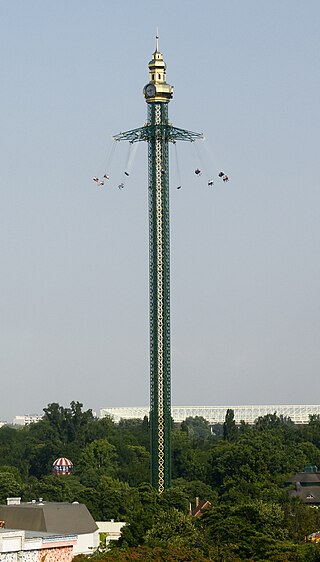Self-guided Sightseeing Tour #8 in Vienna, Austria
Legend
Guided Free Walking Tours
Book free guided walking tours in Vienna.
Guided Sightseeing Tours
Book guided sightseeing tours and activities in Vienna.
Tour Facts
2.7 km
61 m
Experience Vienna in Austria in a whole new way with our free self-guided sightseeing tour. This site not only offers you practical information and insider tips, but also a rich variety of activities and sights you shouldn't miss. Whether you love art and culture, want to explore historical sites or simply want to experience the vibrant atmosphere of a lively city - you'll find everything you need for your personal adventure here.
Activities in ViennaIndividual Sights in ViennaSight 1: Palais Wenkheim
Palais Wenkheim is a city palace in Vienna's 2nd district, Leopoldstadt. It is located at Praterstraße 23 and is a listed building.
Sight 2: St. Johann Nepomuk
The parish church of Johannes Nepomuk is a Roman Catholic parish church in the 2nd district of Vienna, Leopoldstadt, on Praterstraße. The parish is located in the deanery 2/20 of the Vicariate of Vienna City, which belongs to the Archdiocese of Vienna. It is dedicated to St. John of Nepomuk. The building is a listed building.
Sight 3: Or Chadasch
Or Chadash is a Jewish liberal community in Vienna, Austria.
Sight 4: Planetarium
Get Ticket*The Vienna Planetarium is considered one of the most modern planetariums in the world. It is located in Vienna's Prater. Together with the Kuffner and Urania Observatory, the planetarium is a specialised institution of the Viennese adult education centres.
Sight 5: Giant Ferris Wheel
Get Ticket*The Wiener Riesenrad, or simply Riesenrad, is a 64.75-metre (212 ft) tall Ferris wheel at the entrance of the Prater amusement park in Leopoldstadt, the 2nd district of Austria's capital Vienna. It is one of Vienna's most popular tourist attractions, and symbolises the district as well as the city for many people. Constructed in 1897, it was the world's tallest extant Ferris wheel from 1920 until 1985.
Sight 6: Madame Tussauds Vienna
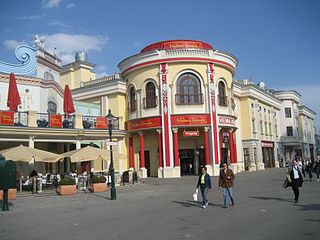
Madame Tussauds Vienna is a wax museum and tourist attraction located at the famous amusement park Wiener Prater in Vienna, Austria. It was founded by Marie Tussaud and is the eleventh location for the Tussauds franchise. It officially opened on 1 April 2011 by the former Austrian president Heinz Fischer. So far, it features more than 90 figures on three floors. Madame Tussauds is now owned and operated by the United Kingdom-based entertainment company Merlin Entertainments.
Sight 7: Calafati
The Calafati is one of the landmarks of the Wurstelprater in Vienna, along with the Ferris wheel and the Watschenmann.
Sight 8: Prater
Get Ticket*The Wurstelprater is an amusement park and section of the Wiener Prater in Leopoldstadt, Vienna, Austria.
Sight 9: Praterturm
The Prater Tower in Vienna's Wurstelprater on plot 59a is a Starflyer type ride. It was opened on 1 May 2010.
Share
Disclaimer Please be aware of your surroundings and do not enter private property. We are not liable for any damages that occur during the tours.
GPX-Download For navigation apps and GPS devices you can download the tour as a GPX file.
